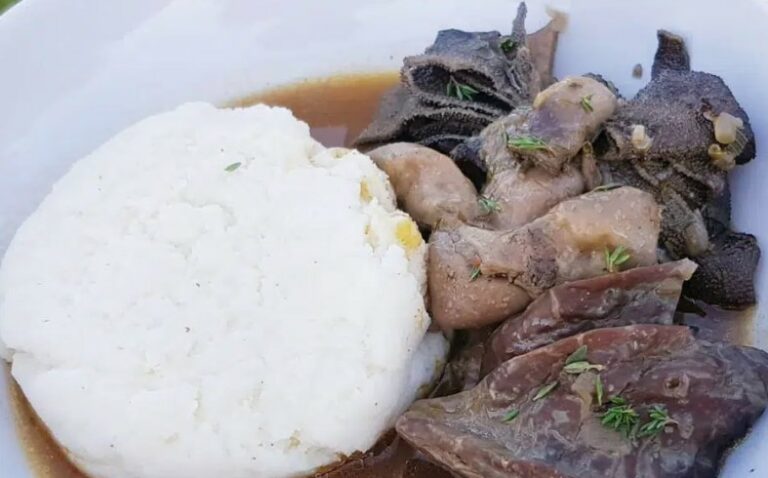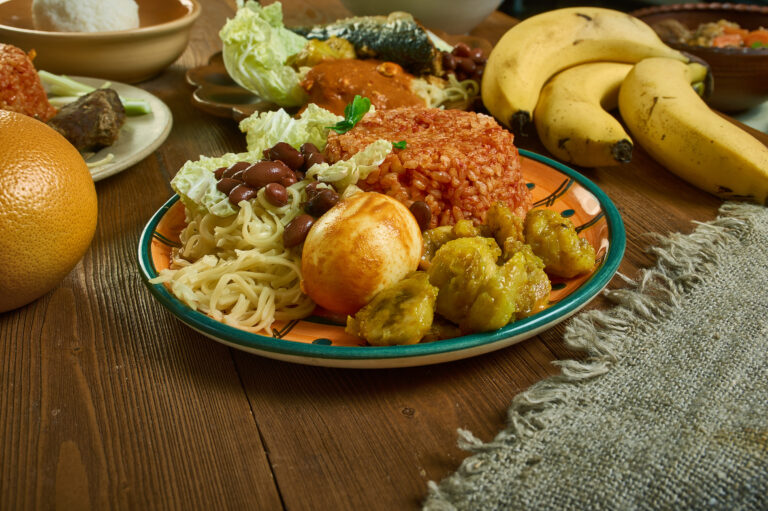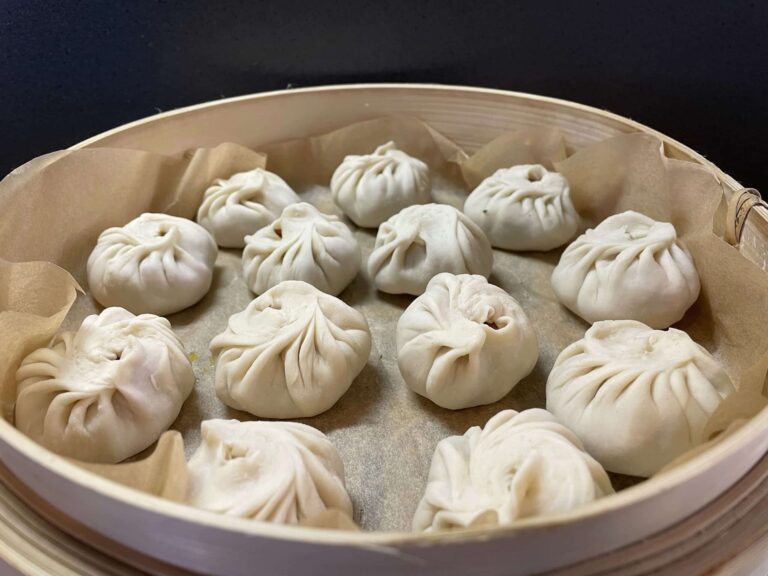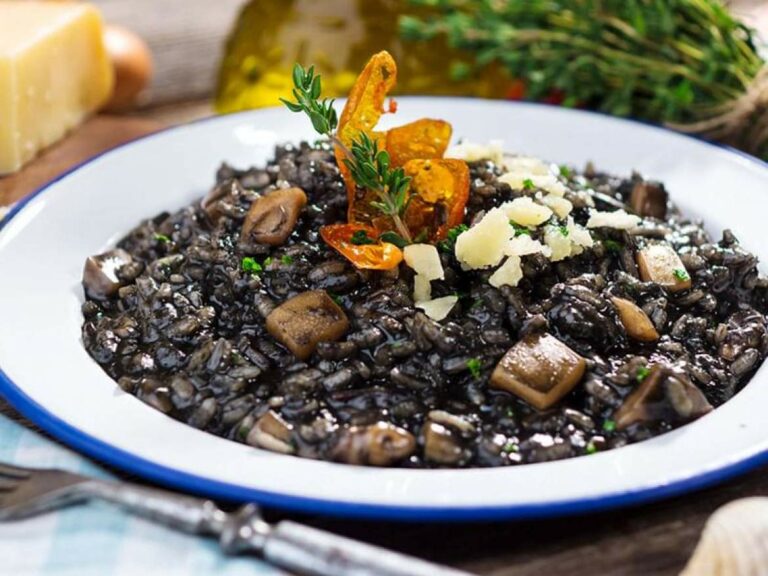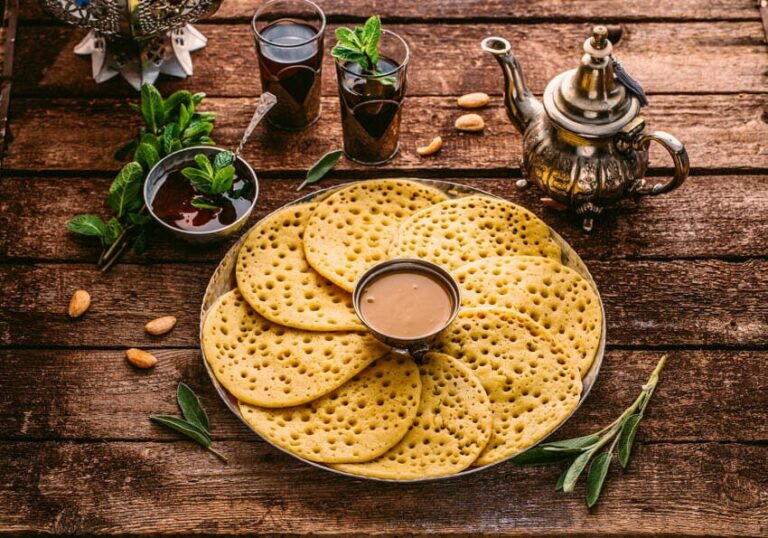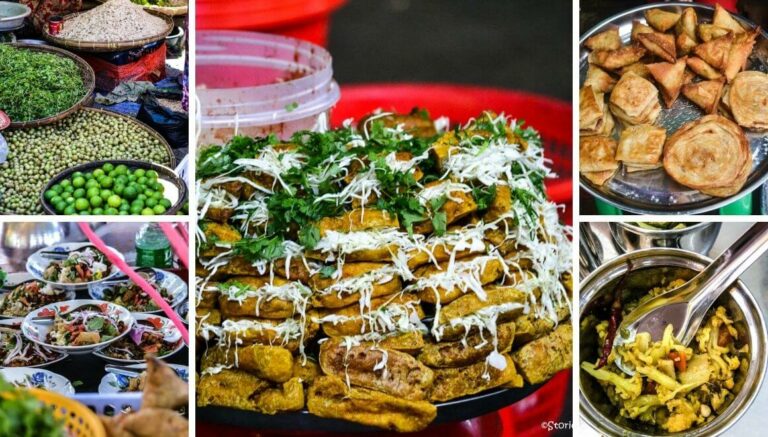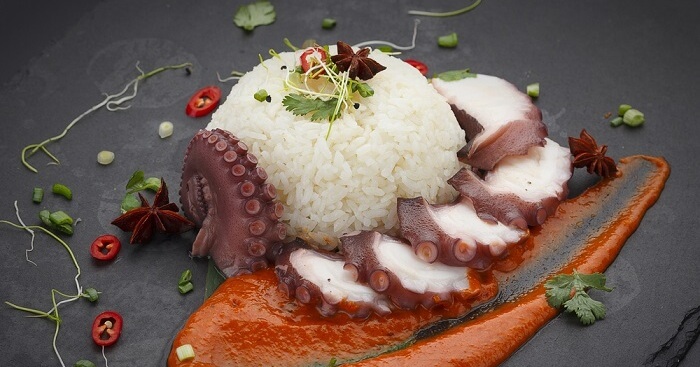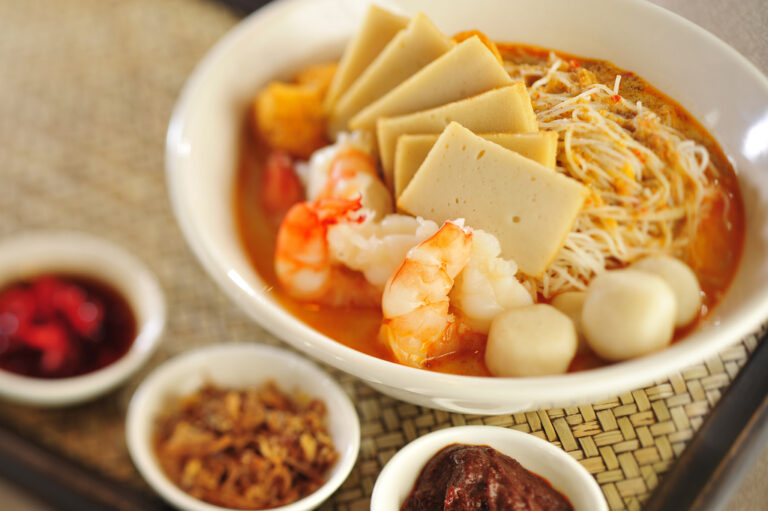Introduction
Estonian cuisine is a unique blend of Baltic, Russian, and Nordic food cultures. Its cuisine is known for its simplicity, hearty and filling meals, and the use of fresh and locally sourced ingredients. A typical Estonian meal comprises a main course with a variety of side dishes, which complements the flavors of the main dish. In this article, we will discuss some of the most common side dishes served with main courses in Estonian cuisine.
Potato dishes
Potatoes are a staple food in Estonian cuisine, and they are a popular side dish for main courses. One of the most common potato dishes is boiled potatoes, which are usually served with dill and butter. Mashed potatoes, oven-baked potatoes, and fried potatoes are also popular side dishes. Another favorite potato dish is potato gratin, which is made by layering thinly sliced potatoes with cream and cheese and baked until golden brown.
Fermented cabbage
Fermented cabbage, also known as sauerkraut, is another popular side dish in Estonian cuisine. It is made by fermenting cabbage with salt, spices, and sometimes juniper berries. The result is a tangy and slightly sour flavor that complements any main dish. Fermented cabbage is often served cold and is a common accompaniment to pork dishes.
Buckwheat porridge
Buckwheat porridge is a staple food in Estonia, and it is commonly served as a side dish with main courses. It is made by boiling buckwheat in water or milk, and it has a nutty and earthy flavor. Buckwheat porridge is a healthy and filling alternative to rice or potatoes and is often served with stews and meat dishes.
Beetroot salad
Beetroot salad is a colorful and healthy side dish that is commonly served in Estonian cuisine. It is made by boiling or roasting beetroots and then cutting them into small pieces. The beetroots are then mixed with vinegar, sugar, and salt to create a tangy and sweet flavor. Other ingredients such as carrots, apples, and onions are often added to the salad to enhance its flavor.
Pickled cucumber
Pickled cucumber is a traditional side dish in Estonian cuisine and is commonly served with meat and fish dishes. It is made by pickling cucumbers in vinegar, water, and spices, which results in a tangy and sour flavor. Pickled cucumber is also a popular ingredient in Estonian salads and sandwiches.
Mushroom sauce
Mushroom sauce is a creamy and flavorful side dish that is commonly served with meat dishes. It is made by sautéing mushrooms with onions and garlic and then simmering them in cream. The result is a rich and earthy flavor that complements the flavor of the meat. Mushroom sauce is a popular side dish during the autumn months when mushrooms are in season.
Conclusion
In conclusion, Estonian cuisine is known for its hearty and filling meals and the use of locally sourced ingredients. The side dishes served with main courses in Estonian cuisine are no exception, with a variety of potato dishes, fermented cabbage, buckwheat porridge, beetroot salad, pickled cucumber, and mushroom sauce being some of the most common. These side dishes complement the flavors of the main dish and add color and texture to the meal.



